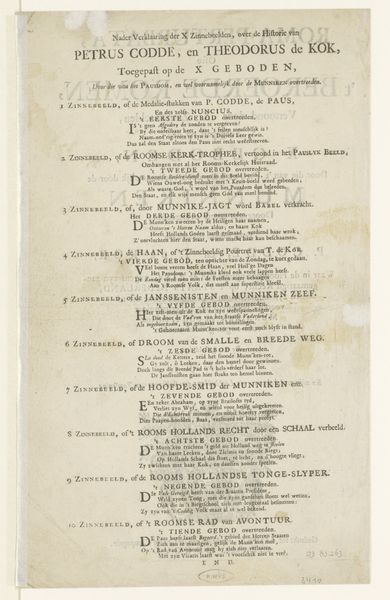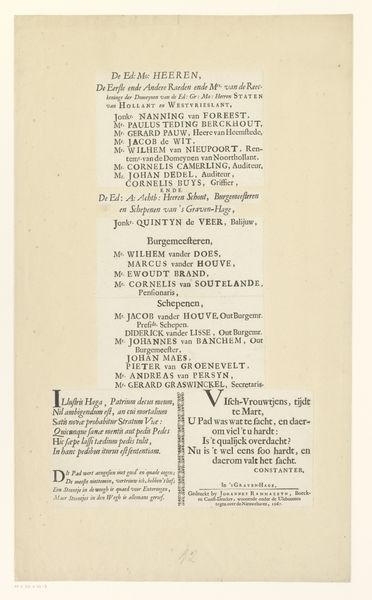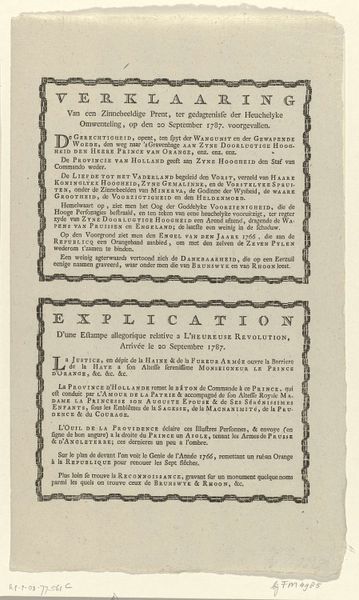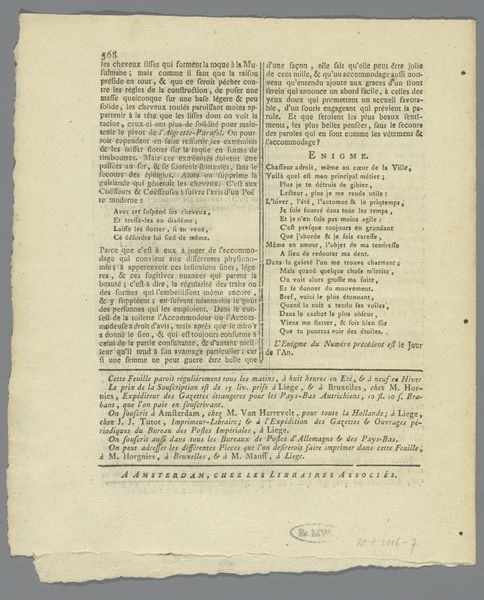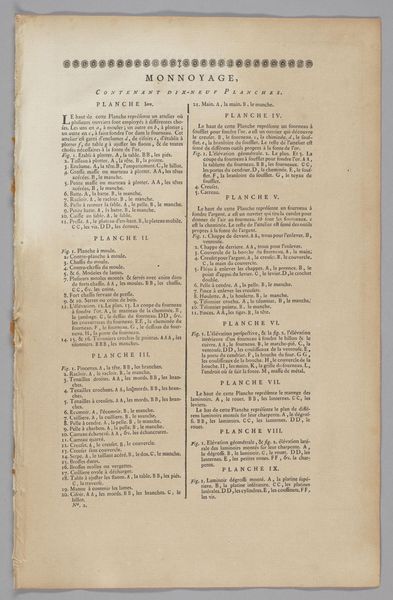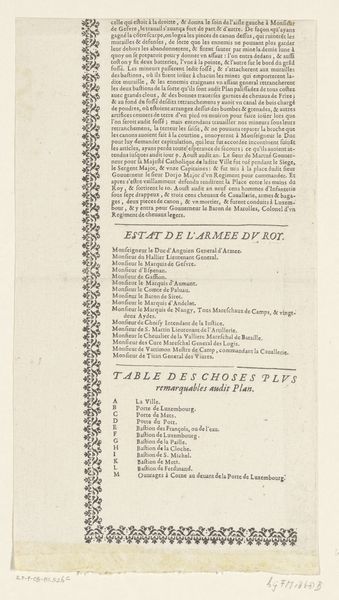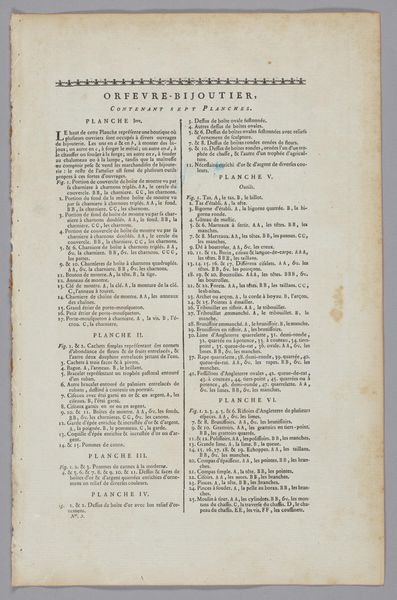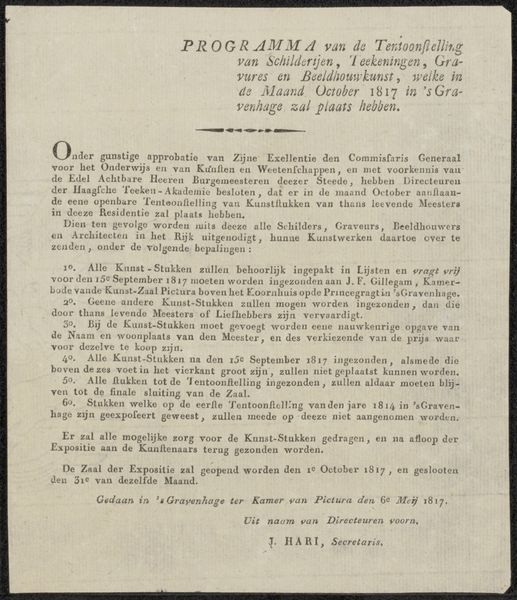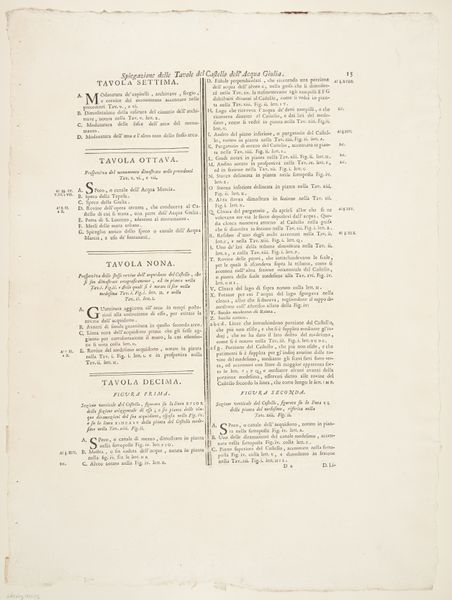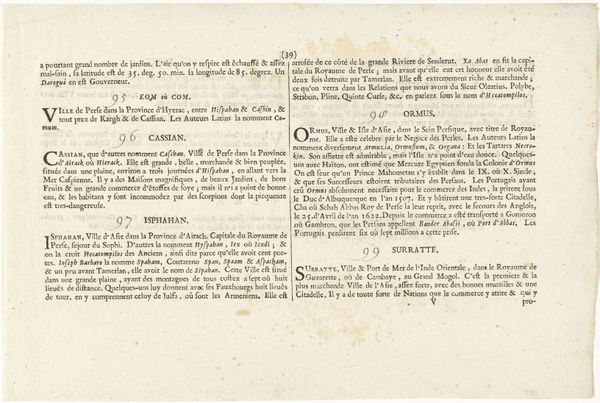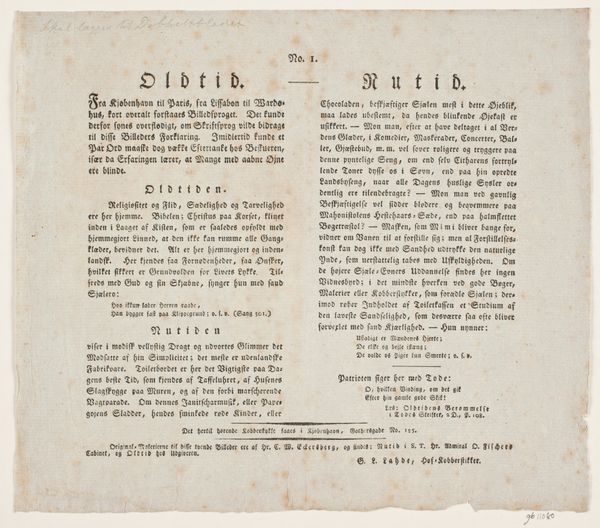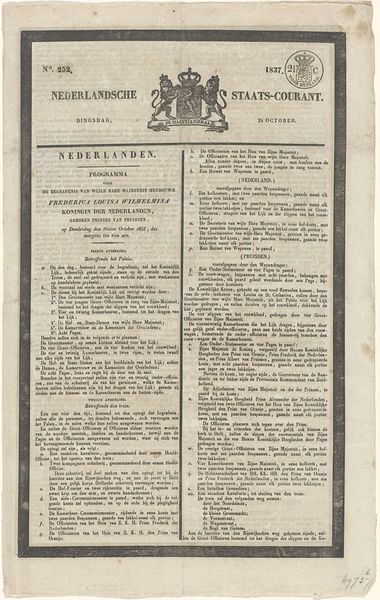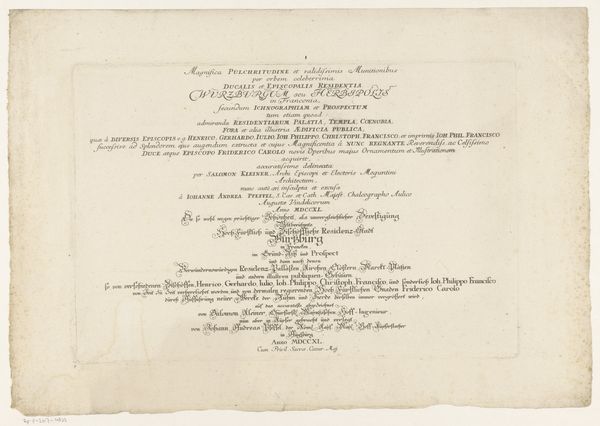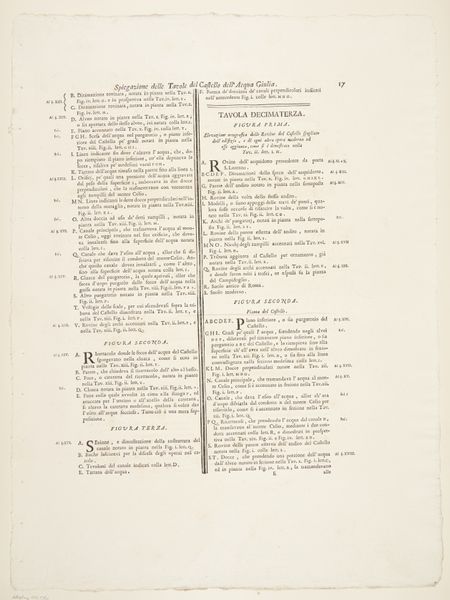
Titelprent van twaalf prenten onder directie van Jean-Baptiste Pierre Lebrun before 1790
0:00
0:00
graphic-art, print, paper, typography, engraving
#
graphic-art
# print
#
paper
#
typography
#
engraving
Dimensions: height 450 mm, width 296 mm
Copyright: Rijks Museum: Open Domain
Curator: It has the solemn aura of a legal document or perhaps a formal invitation. I notice how it makes strategic use of its framed text. Editor: This is "Titelprent van twaalf prenten onder directie van Jean-Baptiste Pierre Lebrun," an engraving on paper produced before 1790 under the direction of Jean-Baptiste Pierre Lebrun. It is the title page for a series of twelve prints. Curator: Framing here has a double purpose; it lends structure but also restricts and defines the artwork's contents and reception, don't you think? I am thinking specifically of the outer border framing the block of text in a clear hierarchy, starting with the grand announcement, then a central list, and concluding with the publisher's address. The details create visual weight in each of these segments. Editor: Indeed, and those varied text sizes signal the 18th-century project of cataloging and classifying knowledge itself. Notice that "Douze Estampes" meaning "Twelve Prints," takes prominence in a clear, decorative font; it implies control, a promise to the patron—presumably aristocratic—of curated and valuable artworks. The list format provides insight into the art market. Who commissioned these works and how might this affect subject choices? Curator: That’s a great way to see it. The inclusion of the publisher's information—"A Paris, Chez Joubert…," and the flourish at its base, serves as a testament to craft—almost a logo assuring buyers. Editor: In a way, these prints become economic vessels; luxury objects testifying to art's transformation from personal or sacred item to a trade commodity, thus participating in an ever growing visual economy. Curator: Precisely; the very lettering style chosen makes the information aesthetically pleasing while ensuring commercial viability. Editor: I walk away with questions regarding power structures influencing the commission, design, and the eventual cultural consumption of the twelve prints in question. Curator: I, too, am left pondering this work's elegant marriage of information and design in an era obsessed with organization and reason.
Comments
No comments
Be the first to comment and join the conversation on the ultimate creative platform.
